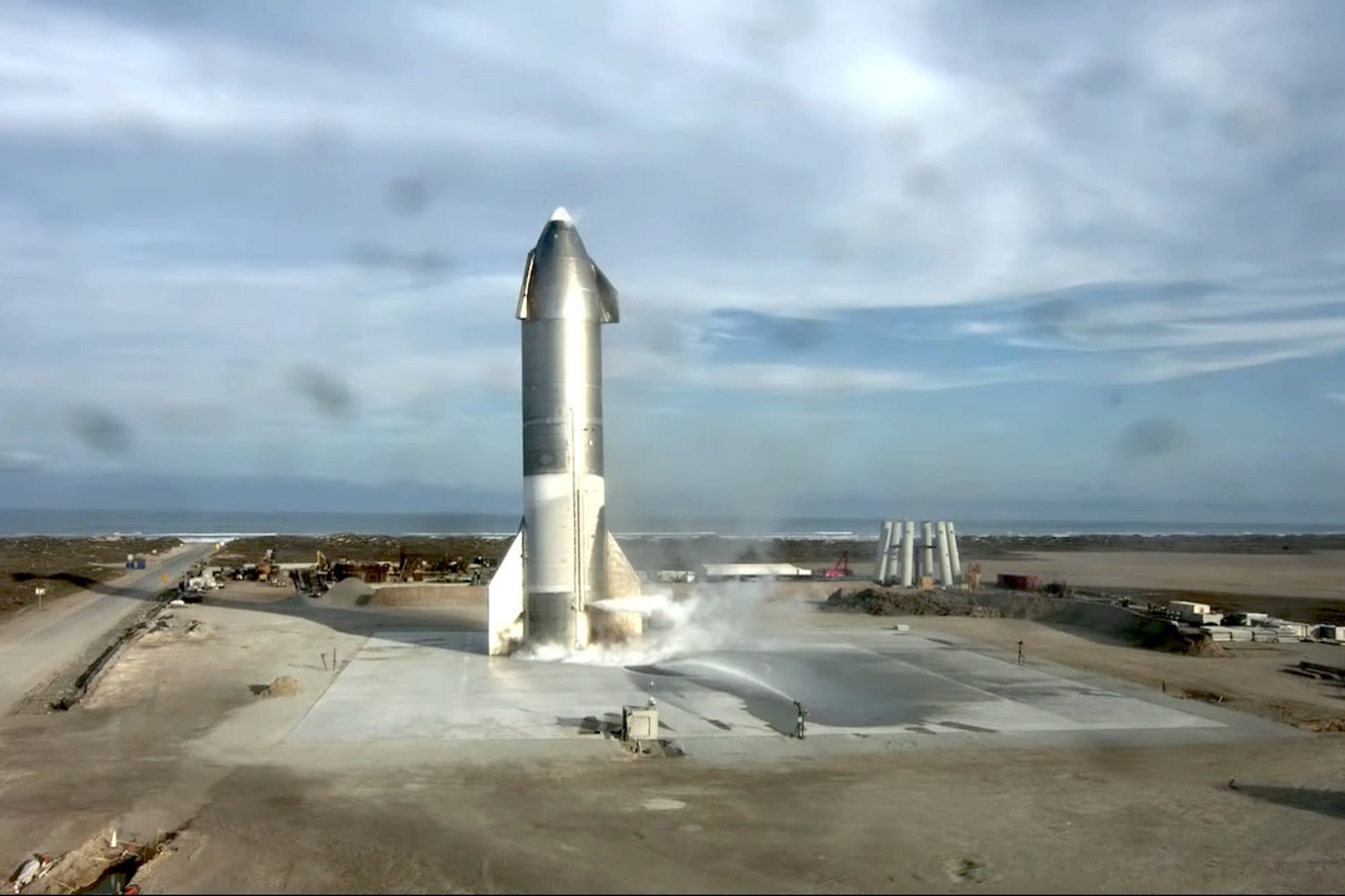Elon Musk Reveals Why the Starship SN10 Rocket Exploded 'Multiple fixes' are in the works for the SN11 prototype, which is expected to launch soon.
This story originally appeared on PCMag

SpaceX last week successfully landed its reusable Starship rocket after completing a high-altitude flight test, but then it exploded. Now we know a little bit more about why it happened.
Like siblings SN8 and SN9 that came before, this version was powered by three engines, each shutting down in sequence prior to reaching apogee—about six miles in altitude. The vehicle performed as expected, reorienting itself for reentry and descending into a precise landing at the intended location.
Related: Elon Musk's Latest Twitter Question Is Baffling Social Media Users
"Starship SN10 landed in one piece," SpaceX CEO Elon Musk tweeted at the time, almost willing something to go wrong. Ten minutes later, something did. Various reports suggested a massive fire at the vehicle's base sent it on an impromptu second trip into the sky.
In a Tuesday tweet—responding to photographs that appear to show employees testing the landing legs of Starship SN11 ahead of its upcoming flight test—Musk revealed that SN10's engine "was low on thrust due (probably) to partial helium ingestion from fuel header tank."
SN10 engine was low on thrust due (probably) to partial helium ingestion from fuel header tank. Impact of 10m/s crushed legs & part of skirt. Multiple fixes in work for SN11.
— Elon Musk (@elonmusk) March 9, 2021
He also confirmed that the helium ingestion was likely the result of a pressurization system, added to the CH4 header tank to correct for a previous error in the SN8 model. "My fault for approving," Musk wrote. "Sounded good at the time."
That's the problem with landing on a hard surface like SpaceX's Boca Chica launch site. "Could just have it land on a big net or bouncy castle," Musk proposed in a subsequent post. "Lacks dignity, but would work." There are "multiple fixes" in the works for Starship SN11, which recently rolled out to the Texas launch site and could be ready to take off as soon as next week.
The Federal Aviation Administration (FAA) last month concluded investigations into a pair of SpaceX Starship trials, including the botched touchdowns of two high-altitude test flights. In early December, SpaceX successfully launched its Starship rocket—which crash landed back on Earth. Two months later, the firm sent the SN9 soaring miles above the company's Texas facilities, completing another successful flight demonstration—which, once again, ended in a fiery explosion of prototype pieces.










